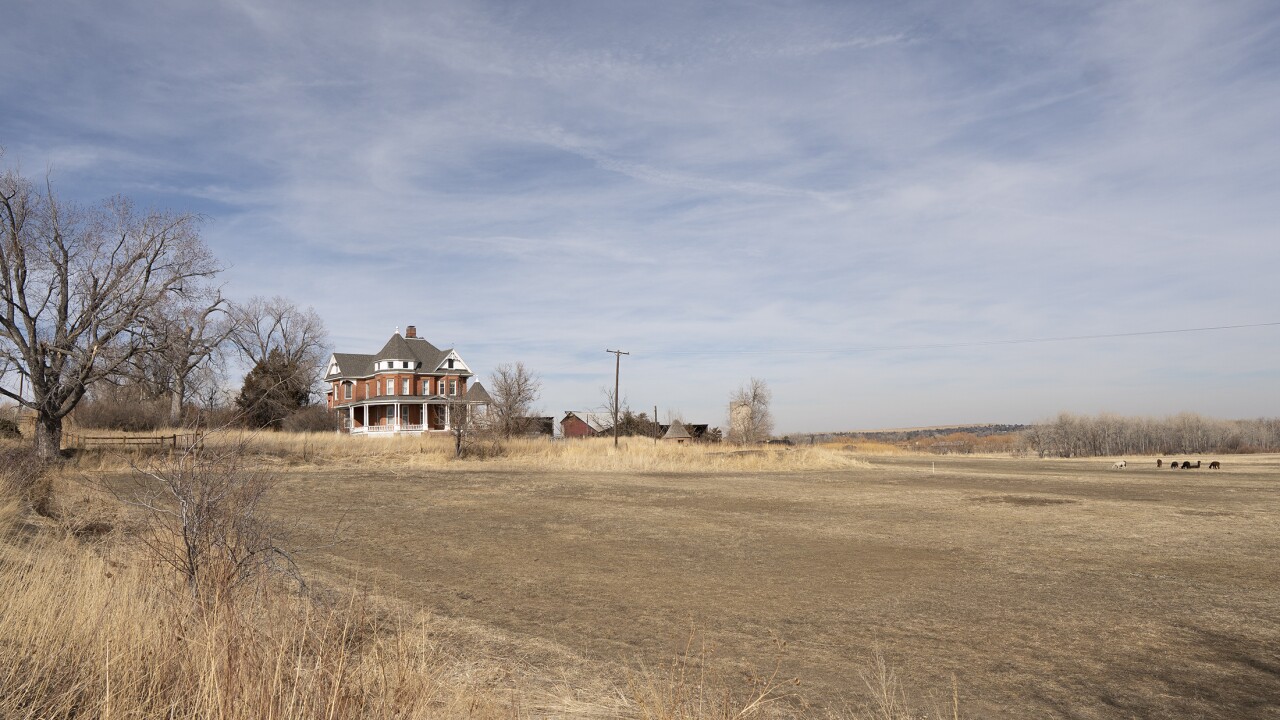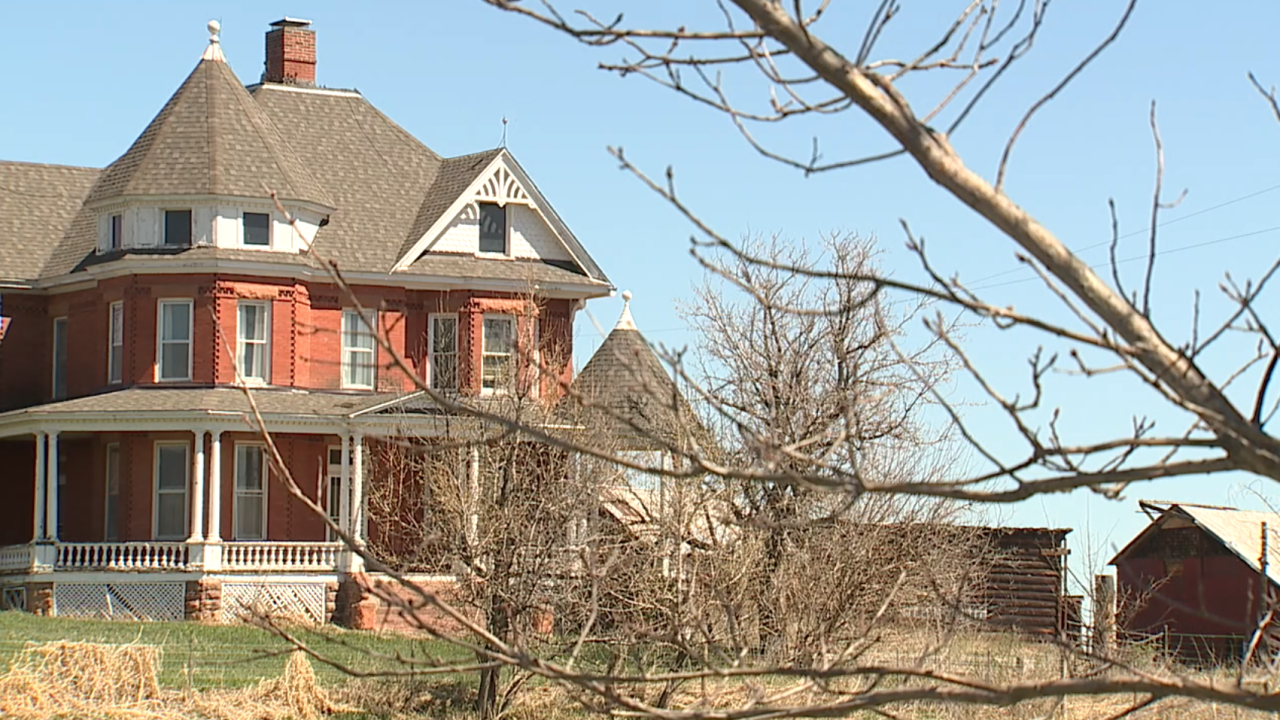BOULDER, Colo. — Not far from Boulder’s iconic Flatirons, tucked between farms and winding roads popular with cyclists, a plot of land with a complicated history will soon be transformed.
The City of Boulder is working with Cheyenne Arapaho tribal representatives to come up with a plan to restore the environment, preserve its farming past and present — and grapple with the site’s role in the Sand Creek Massacre.
Boulder took ownership of the land as open space in 2018, and recently released a draft plan for its future.
“One thing that's really important is just taking a step back and thinking what our history has been, where we've come from, and the opportunity to move forward,” said Phillip Yates, a spokesperson for the City of Boulder.

Since the late 1800s, the land has been a farm, a gravel mine, a wildlife habitat and a training ground for soldiers, known as Fort Chambers.
"This history is bound up with trauma, heartache and a recognition for us to do right with our Arapaho and Cheyenne partners,” Yates said.
At Fort Chambers in 1864, more than 100 soldiers mobilized into Company D of the Third Colorado Cavalry. A monument placed in the area in the 1950s said the “old Fort Chambers” was “used during the Indian Uprising.” That marker has since been removed because of its inaccuracy.

Fred Mosqueda, a tribal representative for the Cheyenne and Arapaho, said Boulder’s new plans for the land are an opportunity to retell the history from the perspective of “not only the settlers, but also the people that were removed from the area.”
Cheyenne and Arapaho people lived in the Boulder Valley and across the Front Range, until settlers arrived in the mid-1800s.
“Once Boulder was started and the other towns, they were in violation of the Fort Laramie Treaty, because they were not supposed to settle on the land,” Mosqueda said.
The Cheyenne and Arapaho tribes were pushed off the land and displaced to Southern Colorado.
“What they did in 1864, is they created the story or the idea or the thought or the motivation that there was going to be an uprising,” he said. “That was the basis for our removal.”
Cheyenne and Arapaho people were promised the protection of the U.S. Army at the Sand Creek reservation. But soldiers, many of whom trained at Fort Chambers, killed roughly 230 people from the tribes — most of them women, children and the elderly.

Local
Native Americans reflect on the truths of the past to make a better future
"That's where the healing comes in,” Mosqueda said. While the history is painful, he believes educating Coloradans on what happened is a way to “heal the land, heal the people” — the name for Boulder’s new plan for the land.
The plan includes creating a “healing trail” with indigenous plants and “opportunities for reflection and contemplation, education, interpretive elements, to acknowledge the role of our community in the Sand Creek Massacre,” Boulder’s Yates said.
The City of Boulder also hopes to improve wildlife and ecological protections, and preserve the area’s farming history.

“Between 1902 to 1918, this is where Boulder County had its Poor Farm,” Yates said. “People of older age, experiencing disabilities, came and worked on the farm. And so, it was a way to address and support people in need.”
A Queen Anne Victorian-style home, known as the Wells House, is one of the last standing relics of that past. It’s recognized in the National Register of Historic Places, but it’s fallen into disrepair. Boulder plans to restore it.
But the plans aren’t final yet. Until April 14, the city is collecting public feedback through an online questionnaire.





